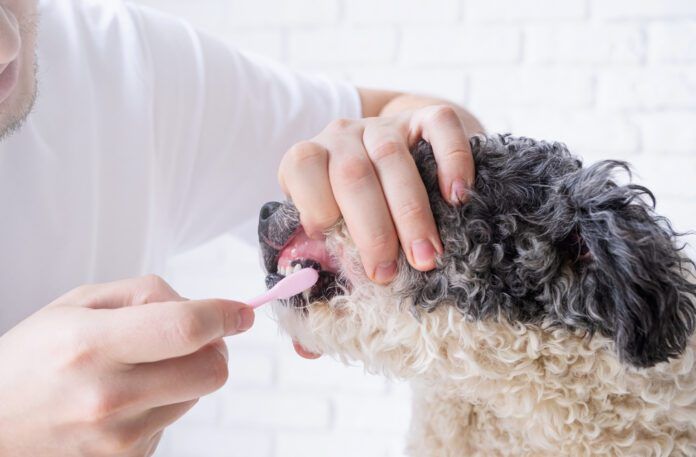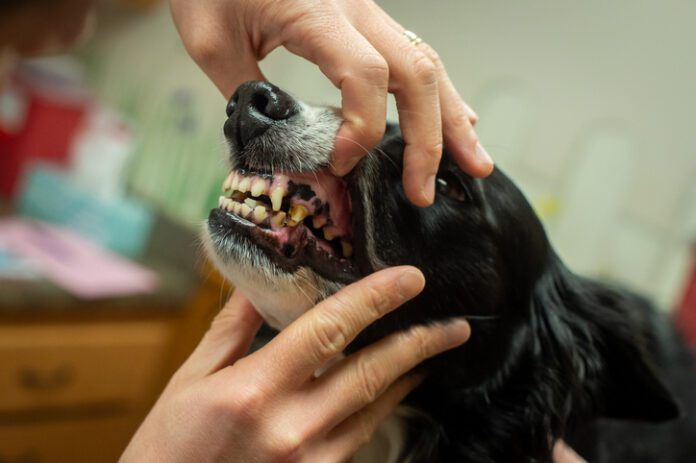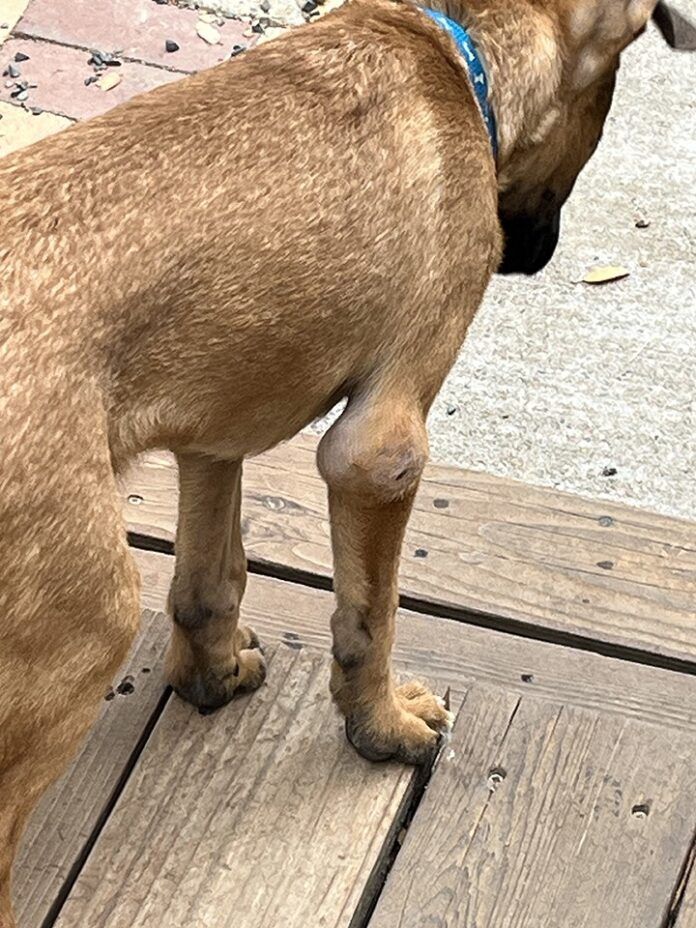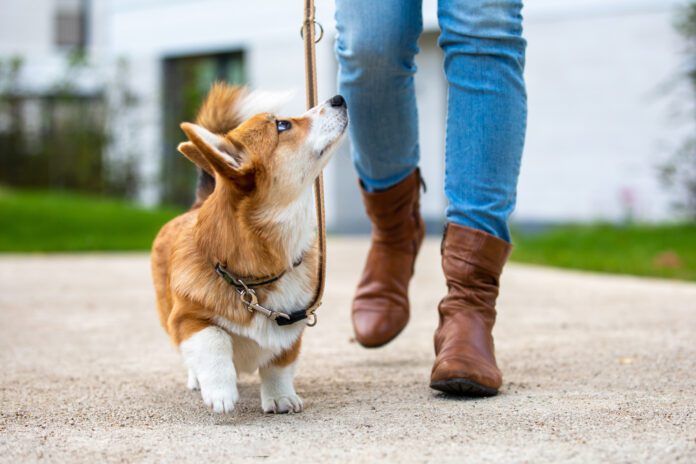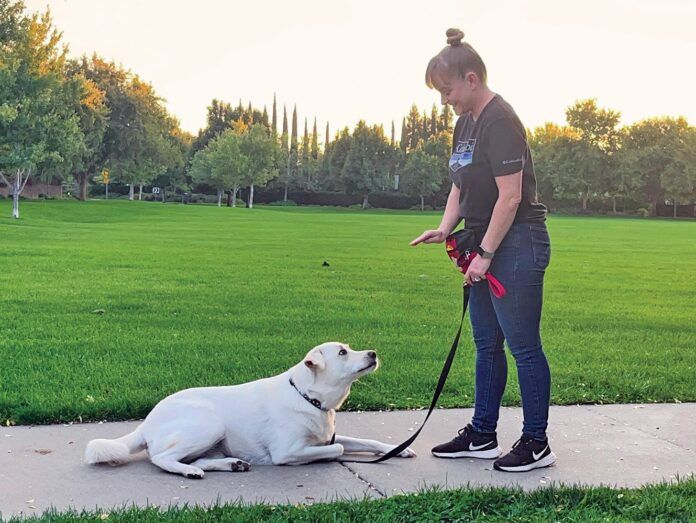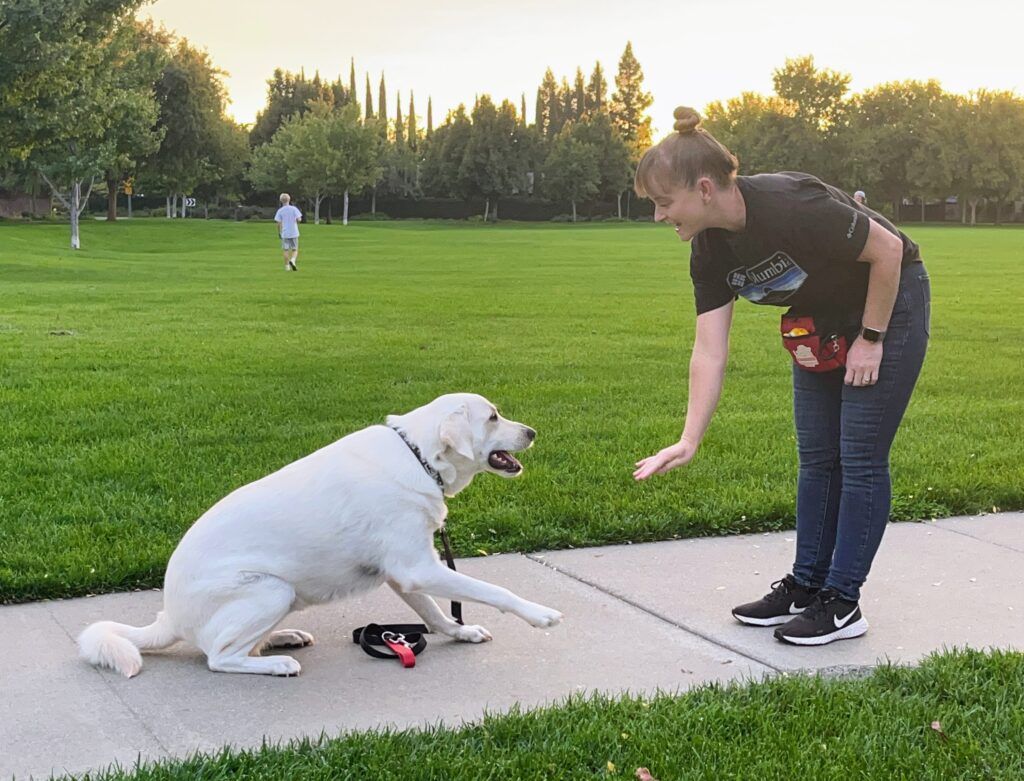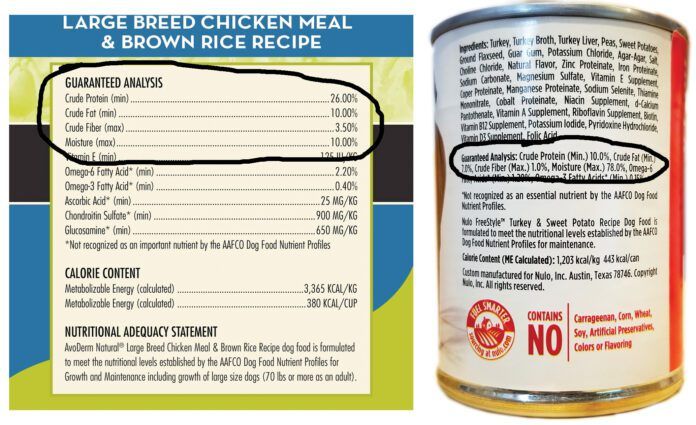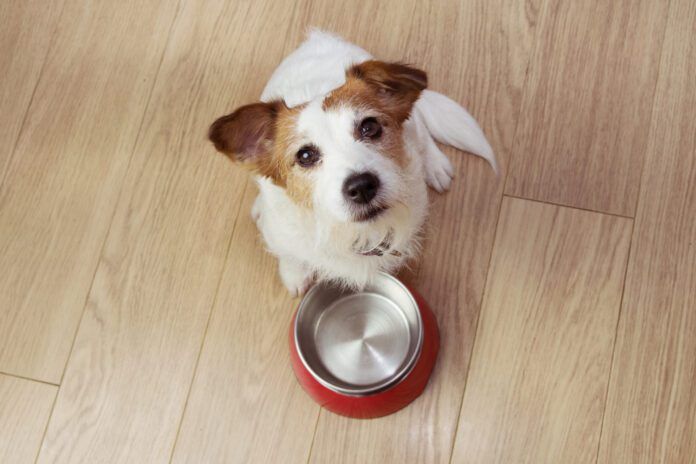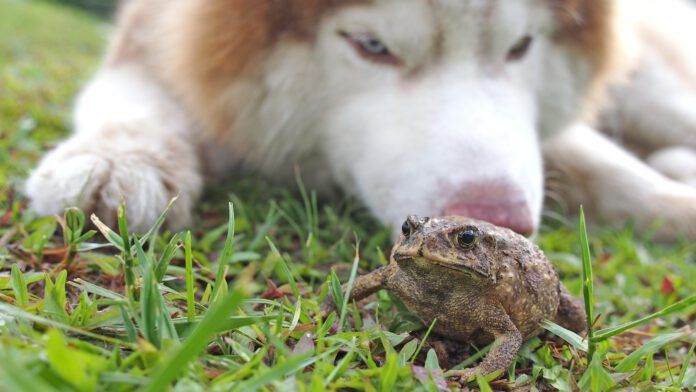Cleaning a dog’s teeth is far more complicated than the same procedure is for humans. There is much more involved in the process, from when you drop off your dog at the veterinary hospital to the time you pick him up at the end of the day.
Before the dog’s teeth cleaning begins
After your dog is checked in to the hospital, his dental team will begin preparing him for the dental procedure. A veterinary technician will place an intravenous (IV) catheter, and collect a blood sample for pre-anesthetic blood work, including a complete blood count (CBC) and chemistry panel. The CBC checks for anemia and any problems with his platelets or white blood cells. The chemistry panel gives his team a view of his overall organ function, including kidney values, liver enzymes, proteins, and electrolytes.
Your veterinarian will perform a complete physical examination of your dog. Your veterinarian will contact you if any abnormalities are found on his physical exam or blood work that may increase his risk for an adverse event under anesthesia. Your dog’s dental procedure may be rescheduled for another day after these abnormalities are either addressed or resolved.
A customized sedation and anesthetic plan will be created by his veterinarian. This plan takes into account your dog’s age, pre-existing health conditions, and any medications your dog may be taking. Your dog will receive medications first to sedate him and then to induce anesthesia.
Once your dog is anesthetized, the veterinary technician will place an endotracheal tube in his airway (trachea). The endotracheal tube delivers both oxygen and anesthetic gas directly to his lungs and keeps him asleep during his procedure. It also protects his respiratory system from the bacteria that will be aerosolized during his dental cleaning.
The next step is to connect your dog to the anesthetic monitoring equipment that will be keeping a constant vigil over his vital signs while he is anesthetized. His heart rate, respiratory rate, temperature, oxygen and carbon dioxide levels, blood pressure, and electrocardiogram (ECG) are displayed on an anesthetic monitor. This allows the veterinary team to intervene should changes to his vital parameters occur during his procedure.
Most primary care veterinarians are able to perform routine dental procedures and tooth extractions. But there are situations in which your veterinarian may refer you and your dog to a board-certified veterinary dentist. These situations include:
- Extraction of lower canine teeth. Dogs have four canine teeth – the long “fangs” at the front of the mouth. Canine teeth have very long roots that sit at a 45- to 60-degree angle within the bone. The process of extracting diseased lower canine teeth can cause the lower jaw to fracture. Veterinary dentists have the tools and expertise to minimize the risk of a jaw fracture when extracting these teeth.
- Root canal of otherwise healthy but fractured teeth. Veterinary dentists have the expertise to preserve the health of the fractured tooth as well as the teeth on either side of the affected tooth.
- Excision of oral masses. Surgically removing an oral mass often means removing adjacent teeth and bone. Veterinary dentists are trained experts in these procedures.
- Orthodontic therapy to correct malocclusions. Yes, there are doggie braces! If the position of one or more of your dog’s teeth is causing damage to other teeth or the roof of his mouth, a veterinary dentist can help get those wayward teeth into the correct position.
- Oral trauma. Traumatic jaw or tooth fractures are best handled by a veterinary dentist.
Tools and techniques for a dog dental cleaning
The veterinary technician begins the dental cleaning by removing dental calculus from his teeth using an ultrasonic scaler – the same tool that your dental hygienist uses on your teeth. The technician will also use the ultrasonic scaler to remove tartar that has accumulated underneath the gum line.
Then dental radiographs are taken of all your dog’s teeth. Most adult dogs have 42 teeth: 20 on the upper jaw and 22 on the lower jaw. Depending on the size of your dog, as few as three teeth and as many as eight teeth can be imaged on a single x-ray. Smaller dogs will need six radiographs to image all of their teeth while larger dogs may require up to 14 radiographs.

The veterinarian will then begin the process of examining the crown – the visible part – of each tooth. She will look for fractures, excessive wear, discoloration, and mobility of the teeth. Teeth that are fractured, gray or black, or that can be wiggled back and forth will likely need to be extracted.
The vet will use a dental probe to look for deep pockets between the teeth and the gingiva (gums). The presence of a deep pocket is indicative of underlying periodontal disease. She will also examine the radiographs of his teeth and take note of any damaged or diseased tooth roots or bone loss around the teeth. Teeth that have damaged or diseased roots or that have significant bone loss around them will likely need to be extracted.
A routine dental cleaning, full oral examination, and dental radiographs with no extractions or other advanced care required will typically cost $500 to $1000. The exact cost will depend on your geographic location and the size of your dog. If your dog needs to have any teeth extracted, the cost of the dental procedure may be $1500 to $2500 with a primary care veterinarian. The cost of having a dental procedure performed by a board-certified veterinary dentist is typically higher because your dog is receiving specialized care.
Buyer beware: Not all veterinary hospitals perform pre-anesthetic bloodwork and dental radiographs. Depending on the veterinary practice law for the state in which you reside, a veterinary technician may be extracting diseased teeth, not a veterinarian. Always ask about the details of what the dental procedure includes and who performs each task. If the price of the dental cleaning is too good to be true, it probably is.
Most pet insurance policies include an option for covering annual dental prophylaxis and any additional dental work that may be required.
Note: While an “anesthesia-free dental cleaning” may seem like a bargain compared to the cost of a professional veterinary cleaning, this procedure is neither safe nor effective – and can, in fact, cause myriad problems. For details, click here.
Dog tooth extractions
Extracting a dog’s tooth is a multi-step process. The first step is to numb the region where the offending tooth is located by injecting a local anesthetic. Dogs can still feel pain even when they are under general anesthesia. Injecting a local anesthetic prior to extracting a tooth ensures that your dog will not feel pain during the procedure.
The next step is to create a gingival flap. A small incision is made in the gingiva on either side of the tooth. A flat, spoon-shaped tool called a periosteal elevator is used to lift the gingiva away from the tooth and the underlying bone. A high-speed dental drill is used to carefully burr away the bone that overlays the roots of the tooth. This process is called “making a window” over each root. Each tooth root is completely surrounded by bone. The only part of the bone that is removed is the part that covers the most superficial section of the root. This allows the veterinarian to visualize the root’s position within the bone and aids in extraction of the root.
Dogs have two types of teeth: single-rooted teeth and multi-rooted teeth. Multi-rooted teeth may have two or three roots. Prior to extraction, the crown of a multi-rooted tooth must be split into single-rooted sections. A high speed dental drill with a long cutting bit is used to carefully divide the crown along the position of each root.
Each tooth root is attached to the surrounding bone by a band of tissue called the periodontal ligament. This ligament needs to be carefully stretched and torn in order to release the root from the bone. A tool called a dental root elevator is used to stretch the periodontal ligament.
A dental root elevator has a long stem with a tapered half-moon shape at the end. The end is inserted into the space between the tooth root and the bone; this space is called the root socket. Then the elevator is gently rotated in one direction within the socket and held for 10 seconds. Pressure is released and then the elevator is rotated in the opposite direction and held for 10 seconds. This process is repeated until the root is mobile and can be elevated from the socket.
Elevating a single tooth root can take as little as 30 seconds for roots that are already loosened by severe periodontal disease. But if scar tissue has developed around the root or the root has become brittle, it can take up to 15 minutes to cleanly extract a single root. Brittle roots can break into multiple pieces, creating a situation where more of the surrounding bone has to be removed in order to retrieve each piece of root from the socket. This can be a long and frustrating process – and many swear jars have been filled to the brim during these types of dental procedures!
Once the tooth has been extracted, a dental radiograph is taken of the region to verify that all of the tooth roots have been completely removed. Any sharp edges of the surrounding bone are softened with a high speed dental drill using a rounding burr. The gingival flap is pulled over the top of the bone and sutured to the gingiva on the other side.
What happens after the dental cleaning
The final steps of the dental procedure include polishing your dog’s teeth and applying a dental barrier sealant. Polishing the teeth buffs out the microscopic scratches that the ultrasonic scaler can leave on the enamel. Plaque loves to grab on to those scratches and hang on, so polishing the teeth reduces the grippiness of future plaque deposits. Applying a barrier sealant prevents plaque-forming bacteria from attaching to the teeth for the first two weeks after a dental procedure.
After the dental procedure is finished, your dog will be woken up from anesthesia. His veterinary technician will remove his endotracheal tube and stay with him while he recovers from anesthesia. He will be ready to go home with you once he is able to stand and walk.
Your veterinarian will give you specific instructions about when to give your dog his first meal after his dental procedure and what to feed him over the next several days. You may observe some blood-tinged drool and facial swelling over the next 24 to 48 hours that will gradually subside. Your dog will go home with pain medications to take over the next several days. If he had a tooth root abscess, your dog may also be sent home with an antibiotic.
You will also be given instructions on how to maintain your dog’s clean and healthy teeth. This at-home dental care plan will likely include daily tooth brushing or dental chews (see “At-Home Dental Care for Dogs”). An annual dental prophylaxis (routine cleaning and examination under general anesthesia) will also be recommended.



